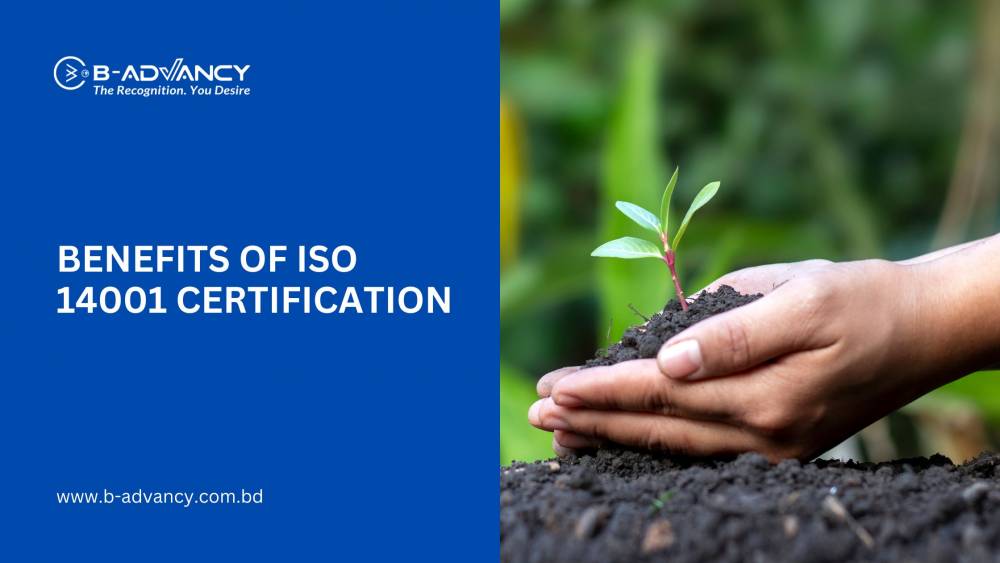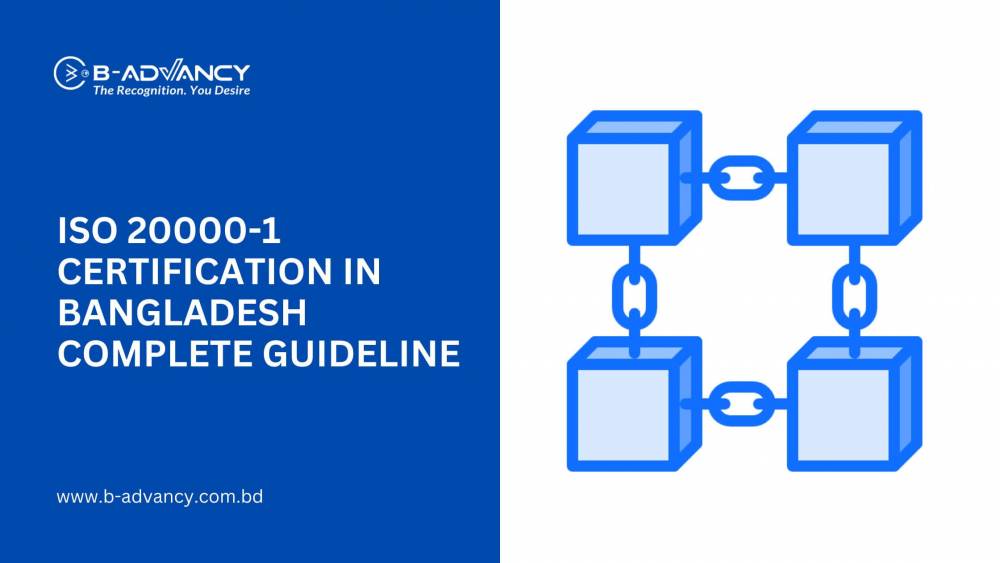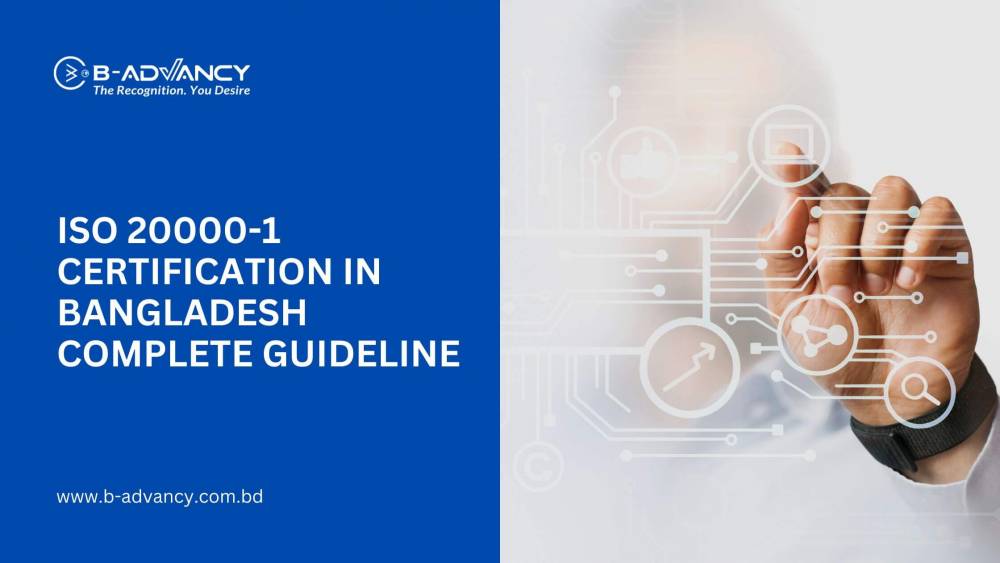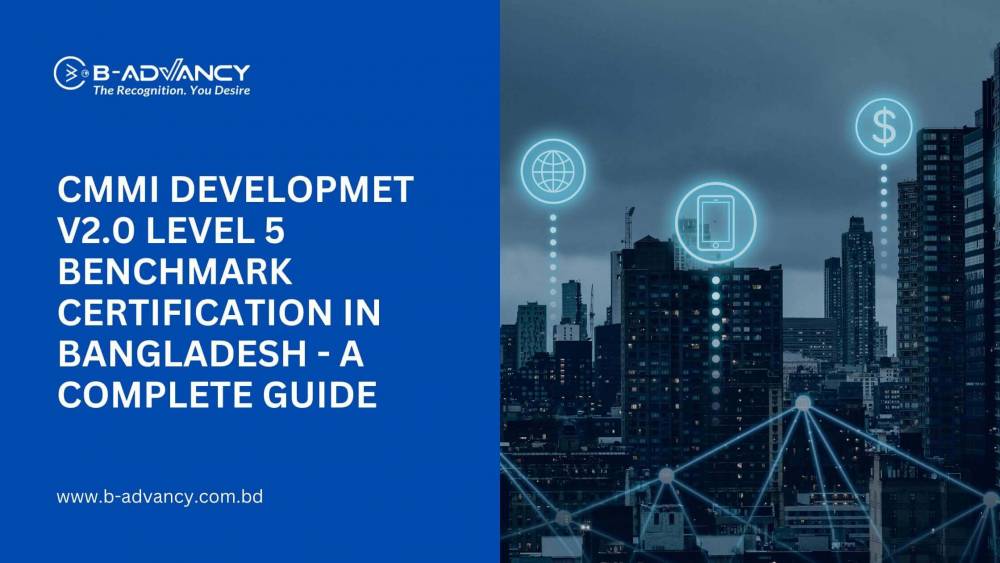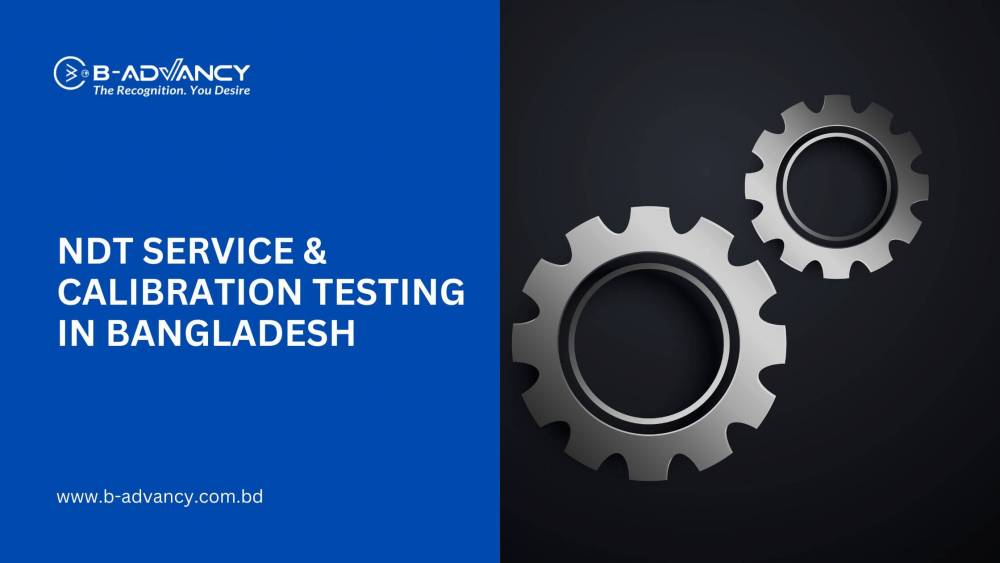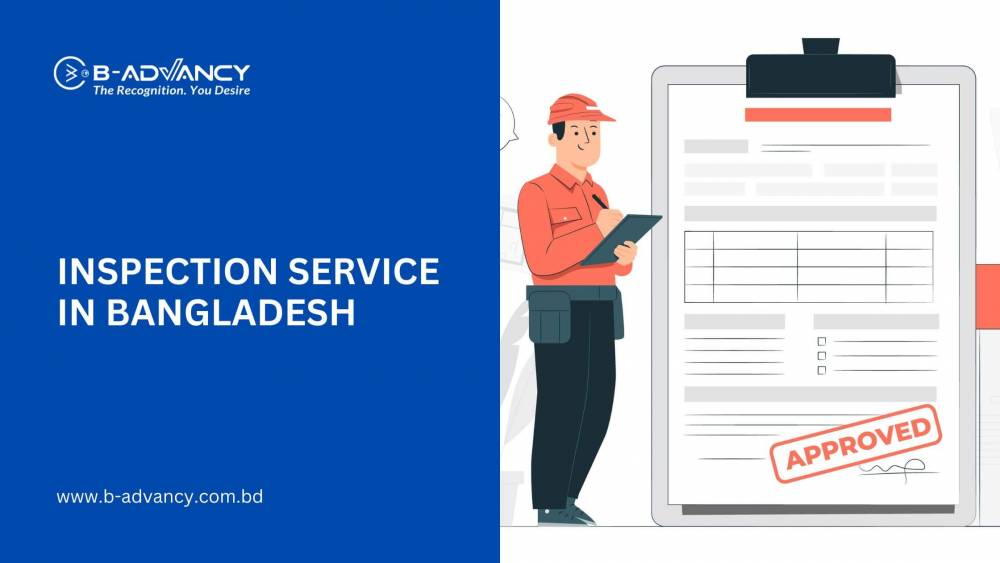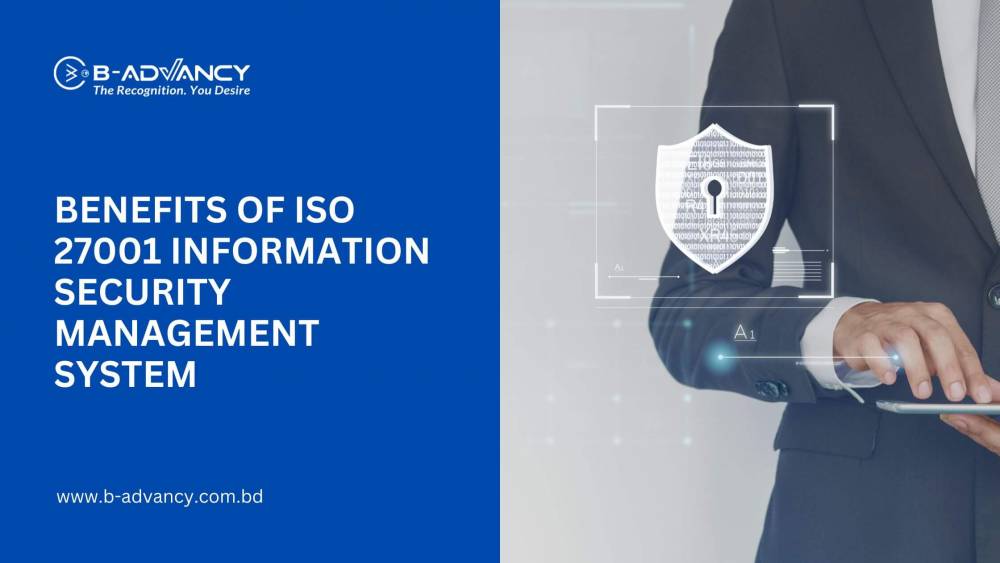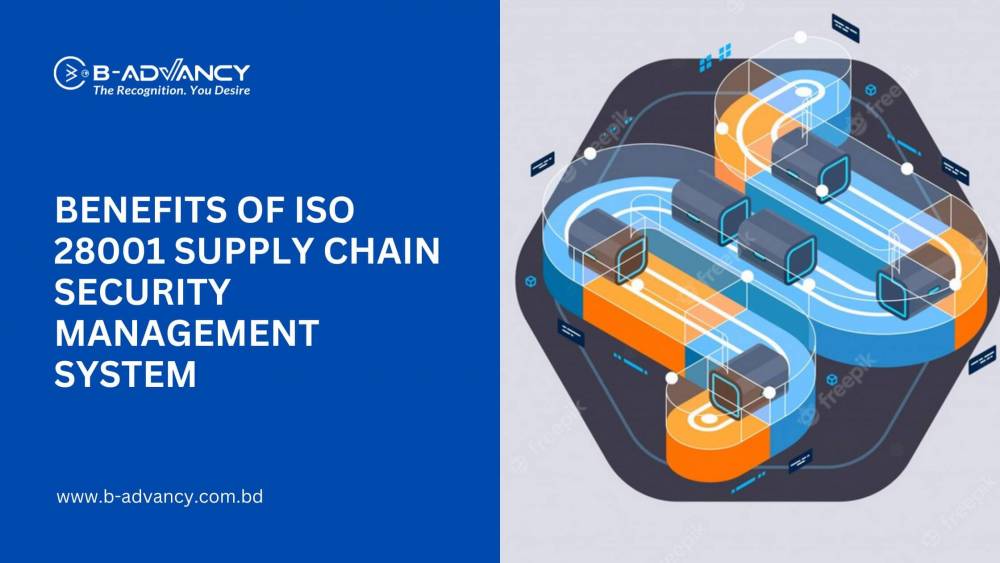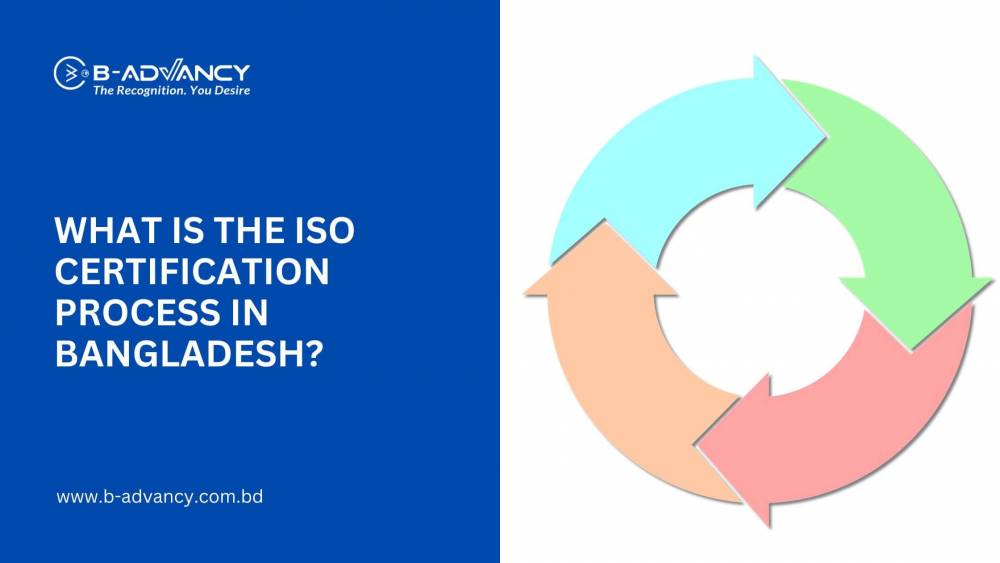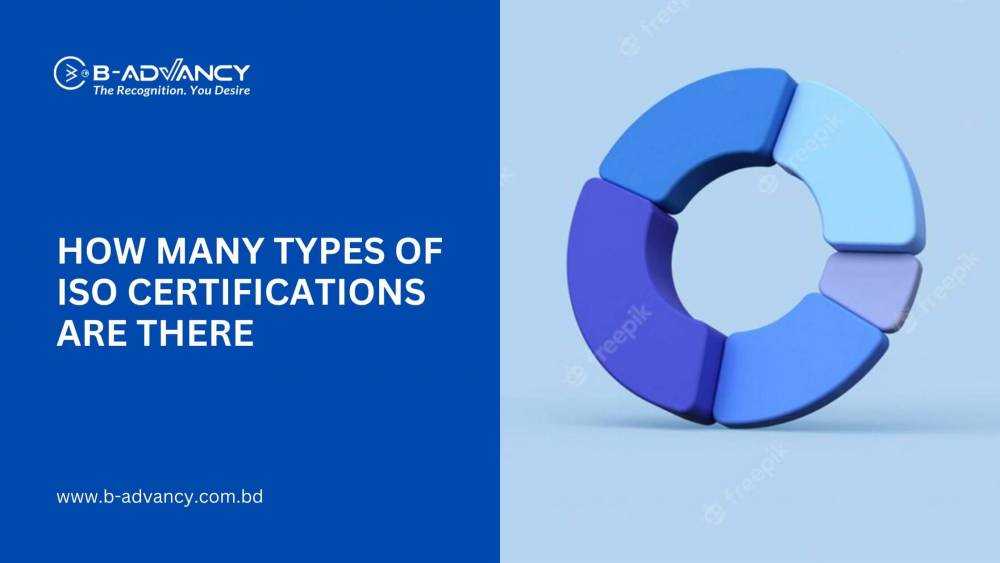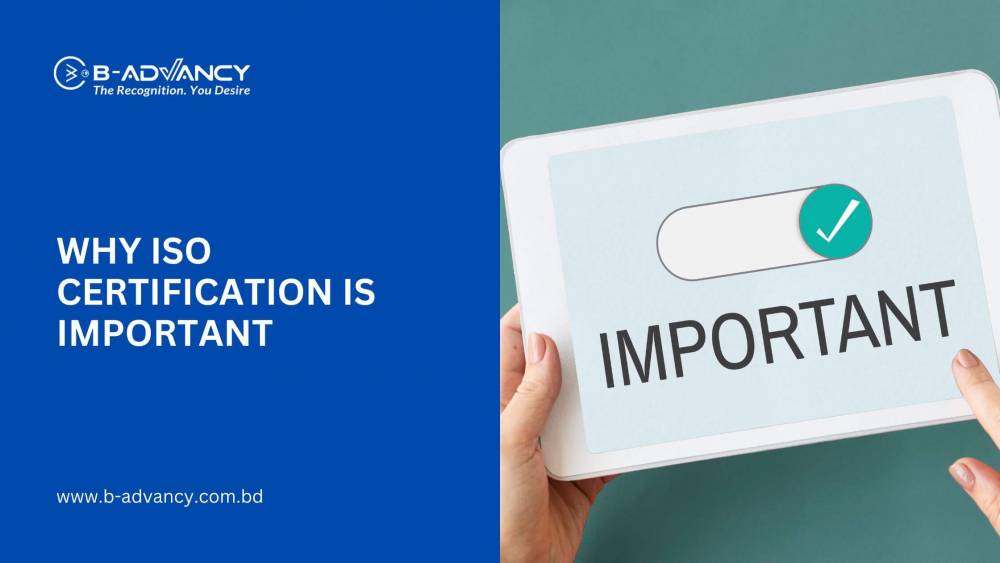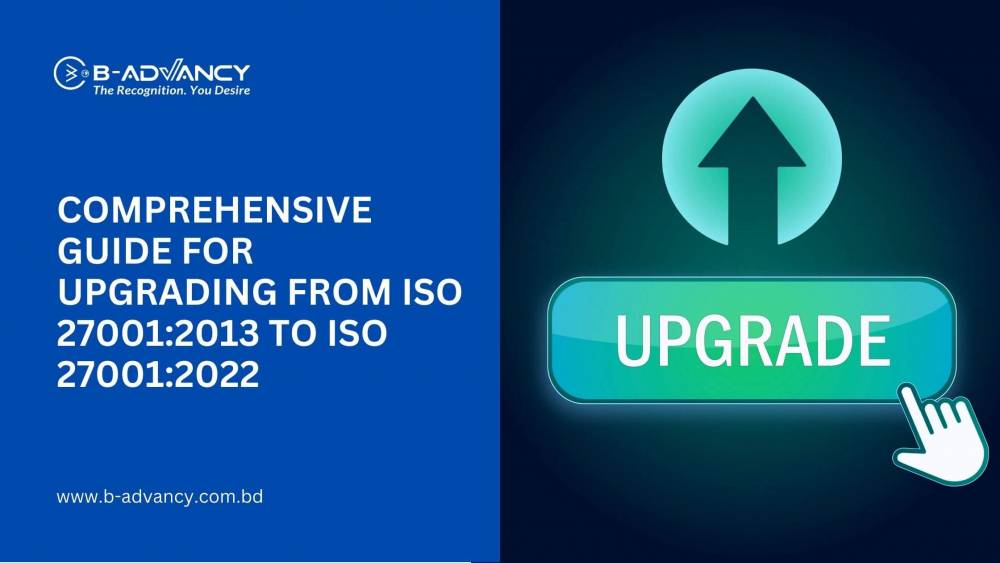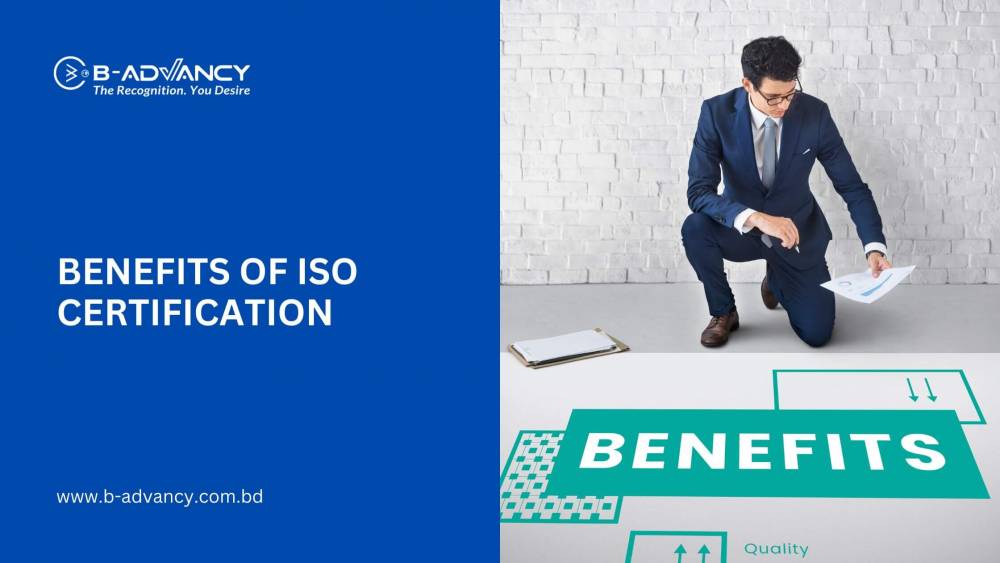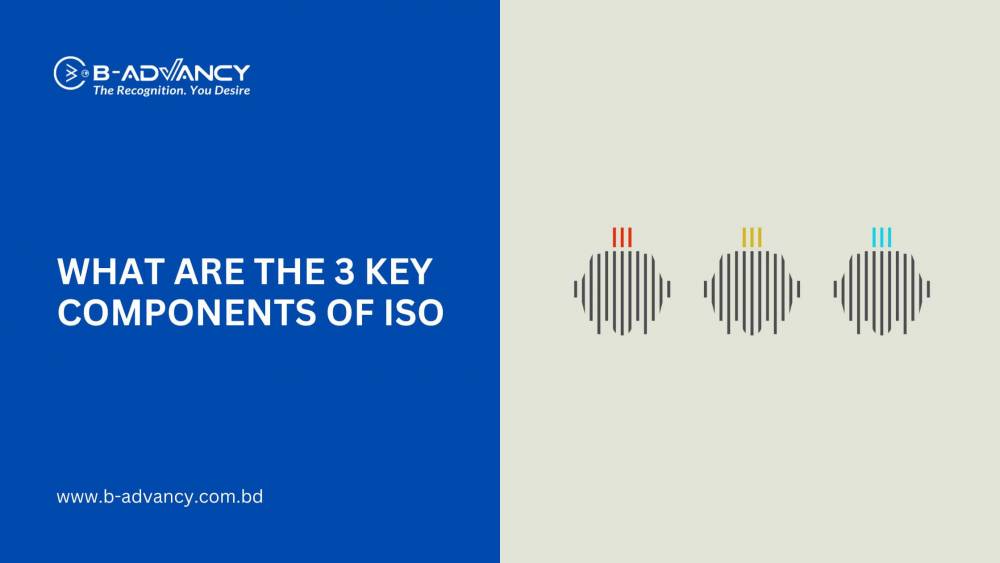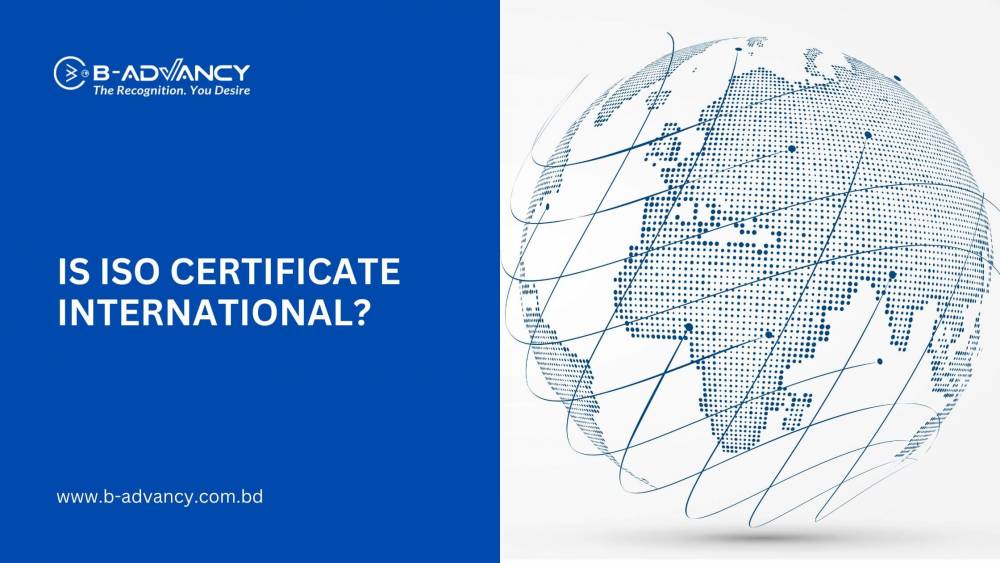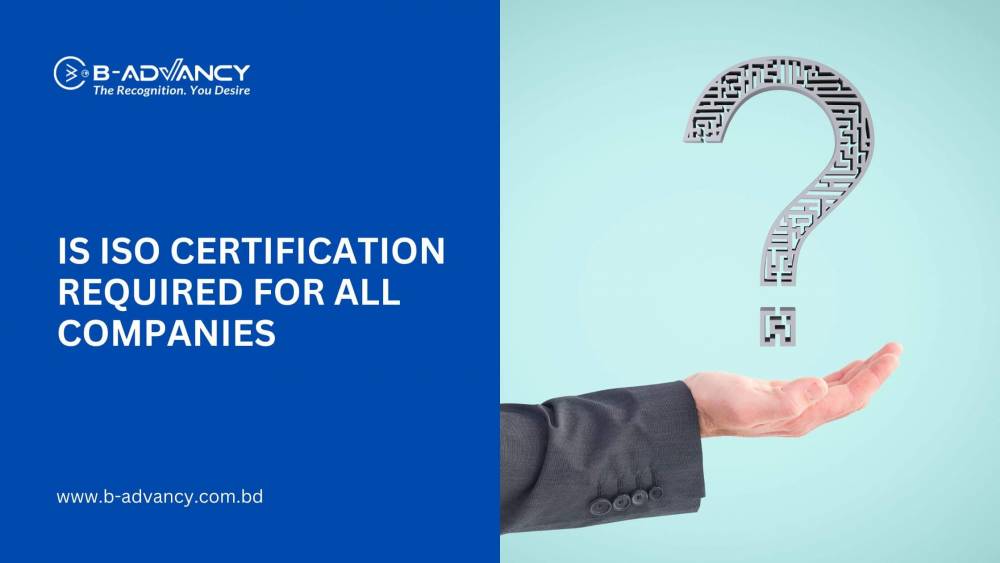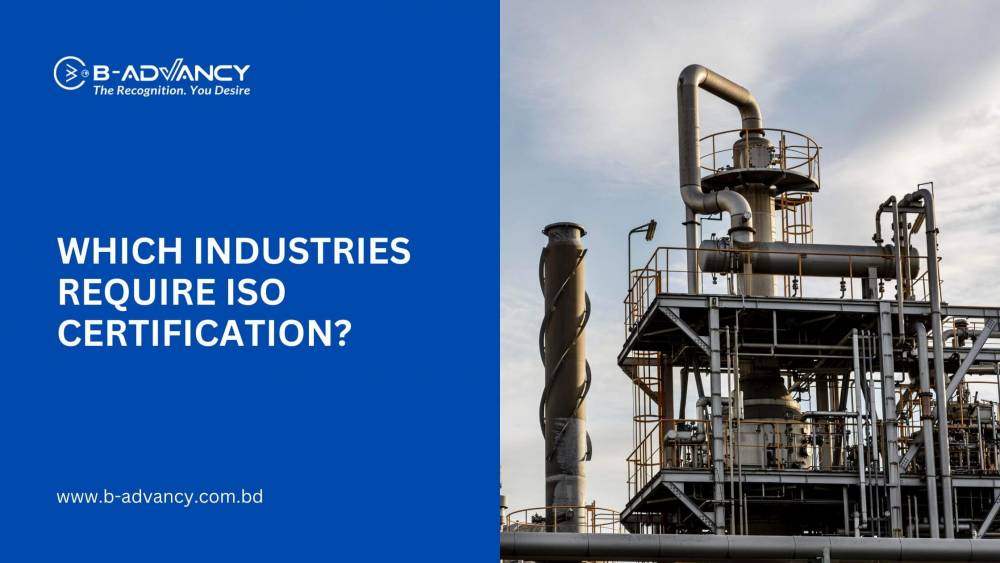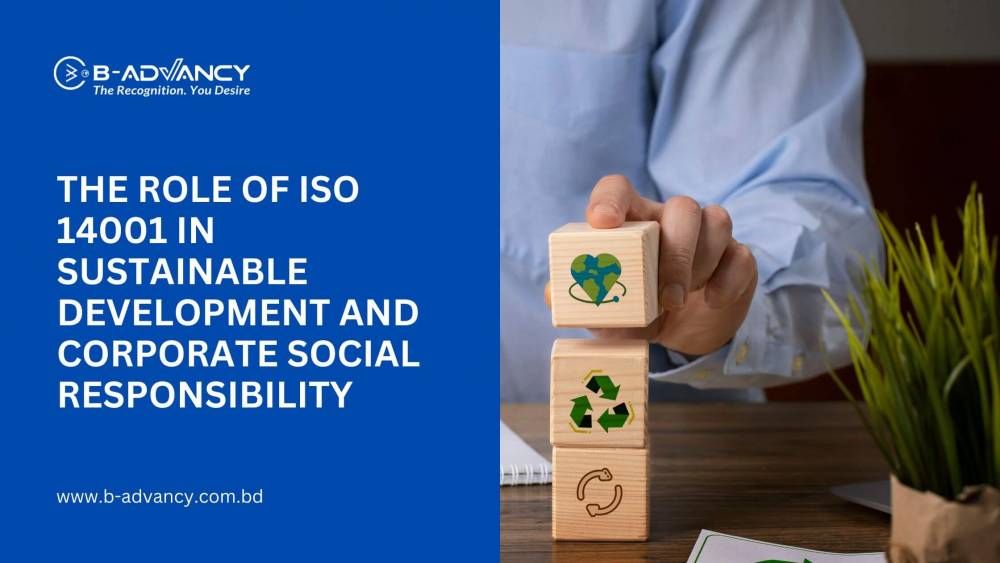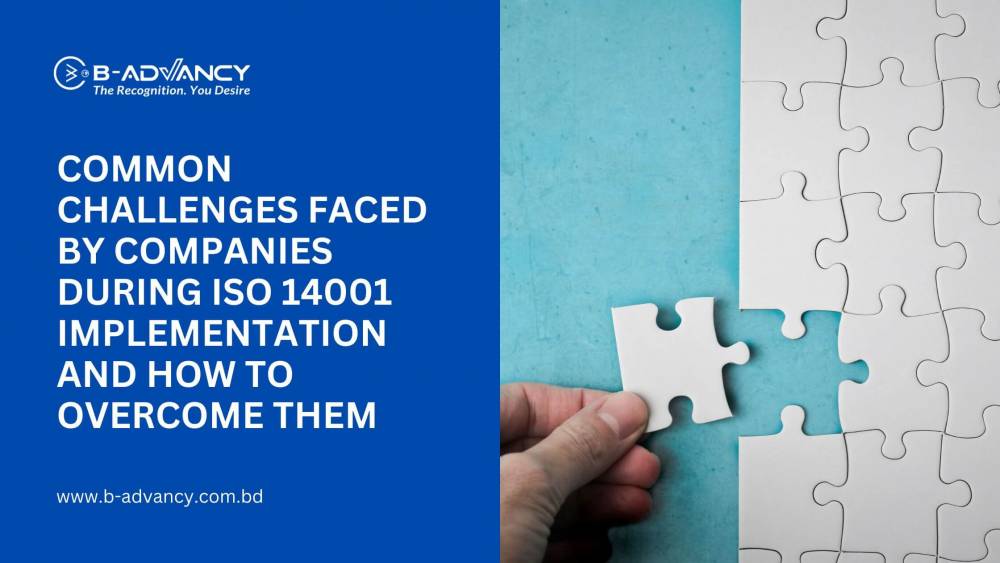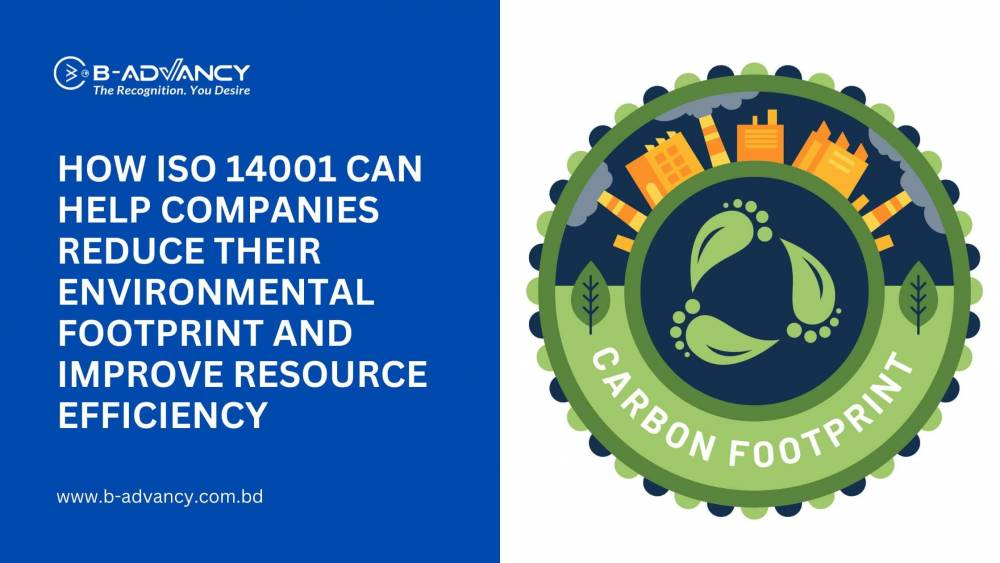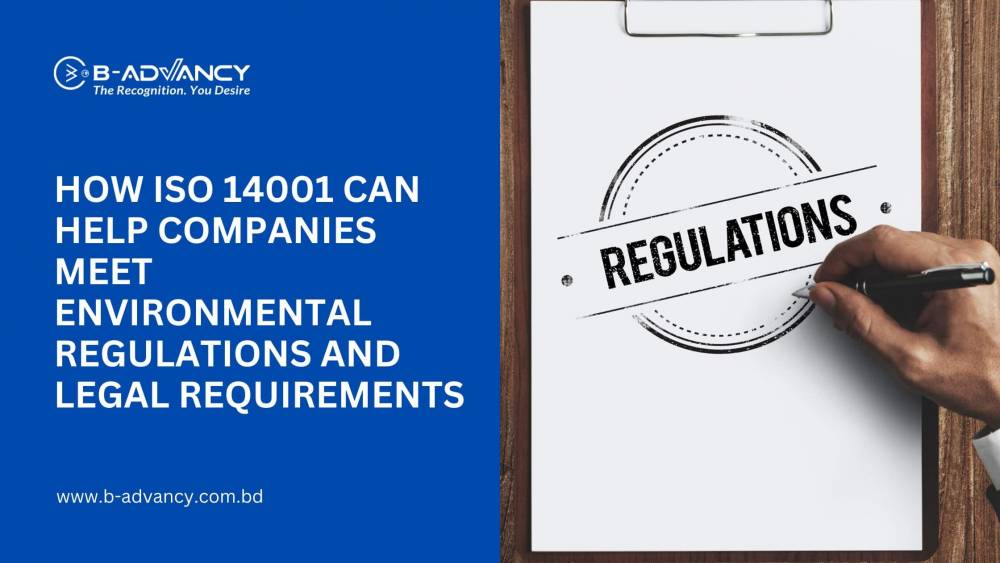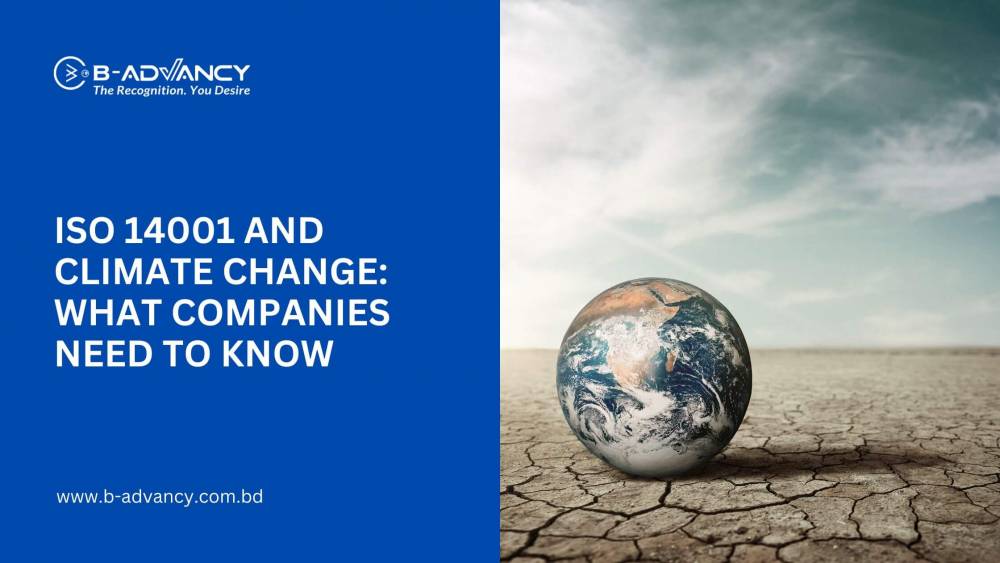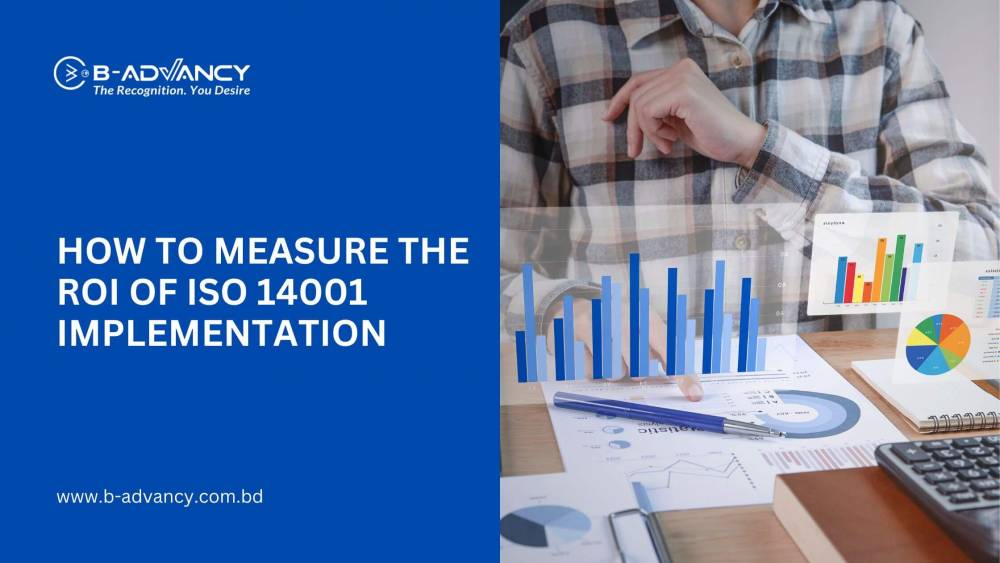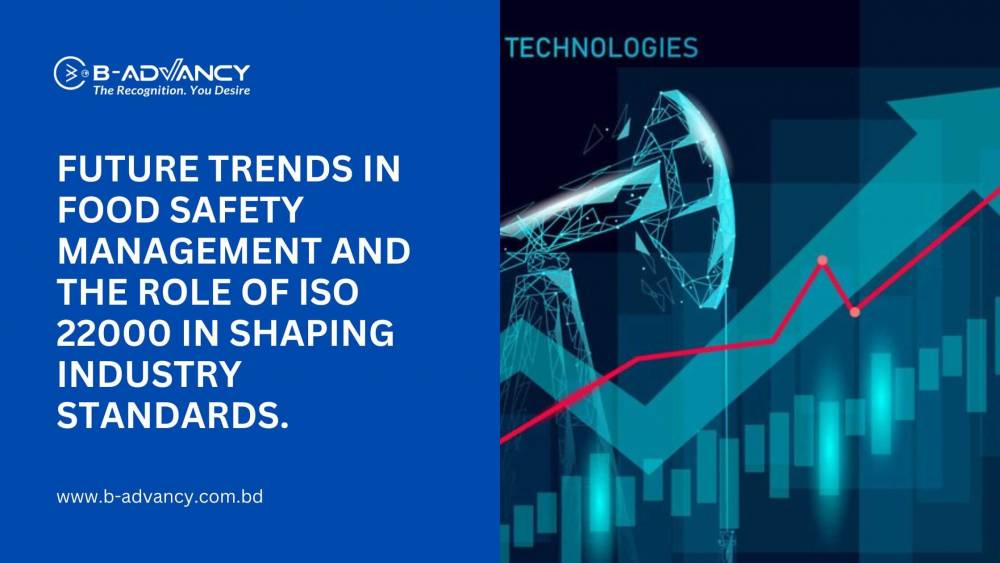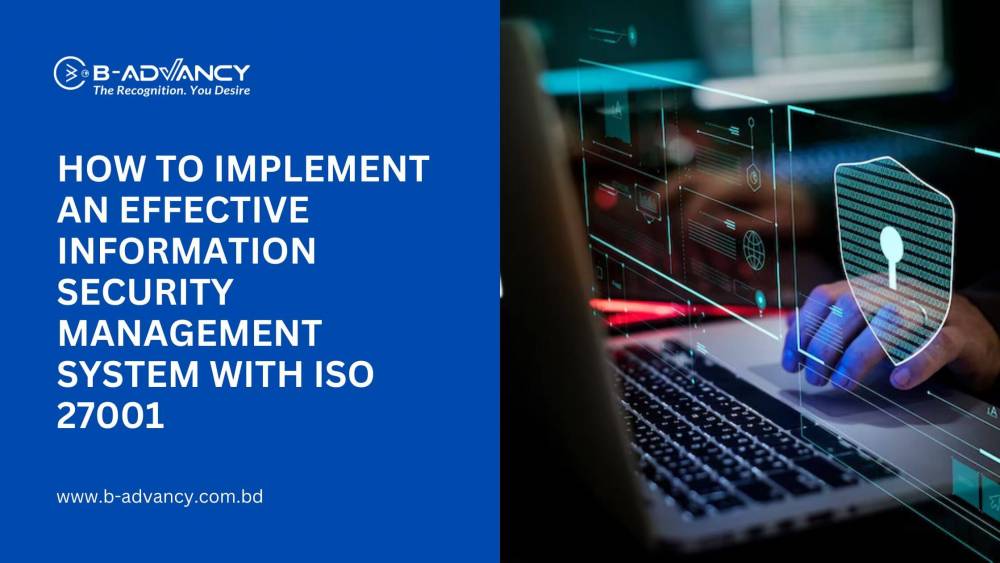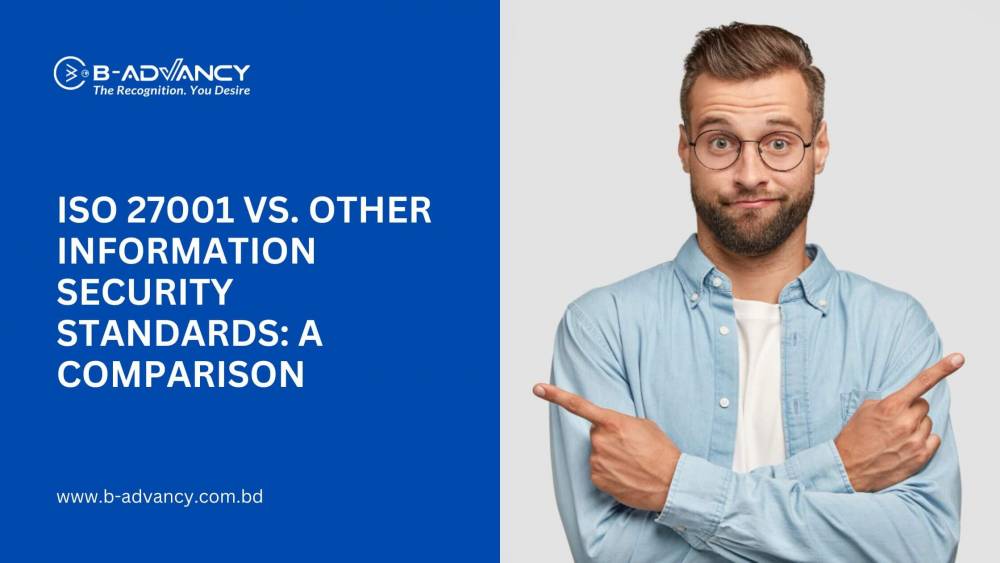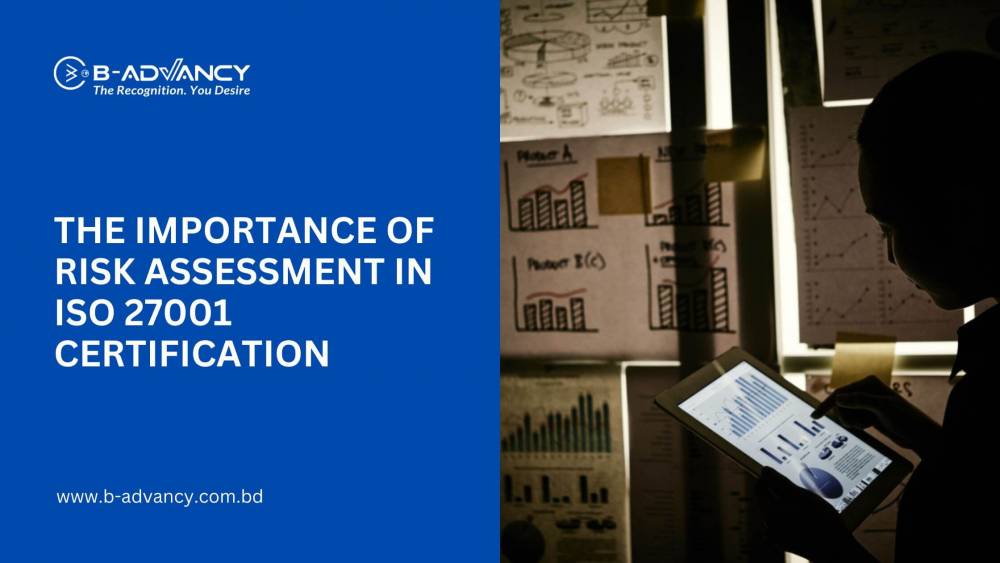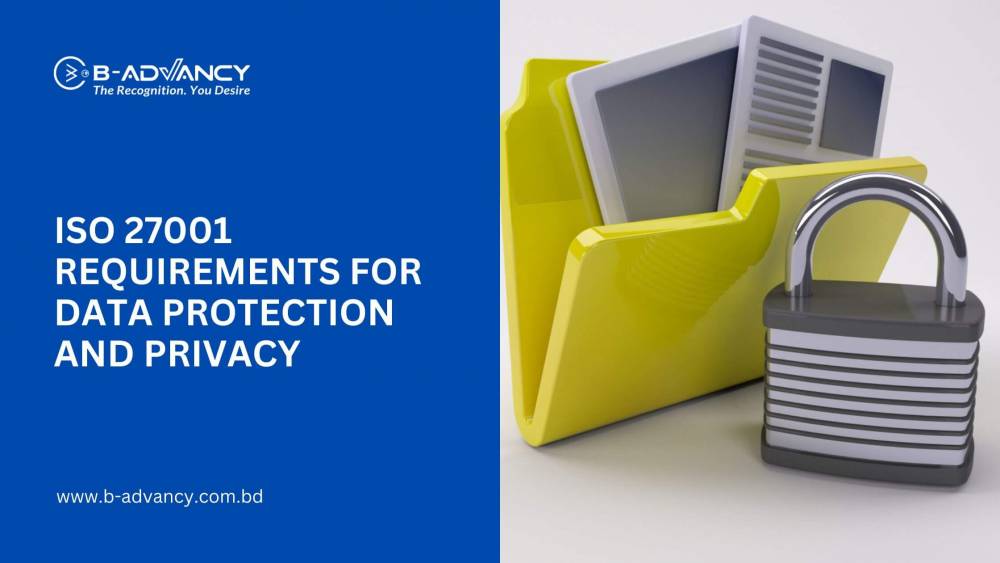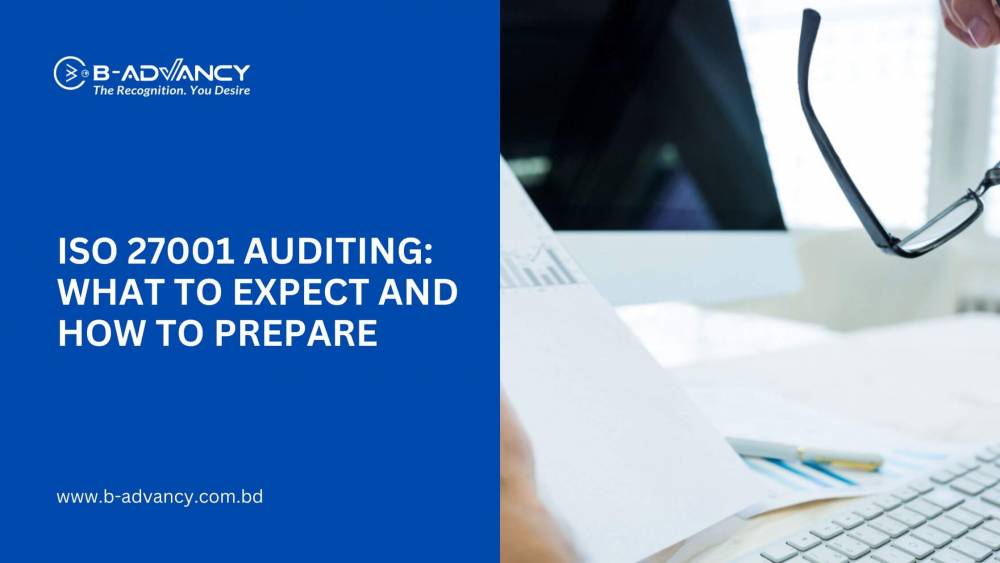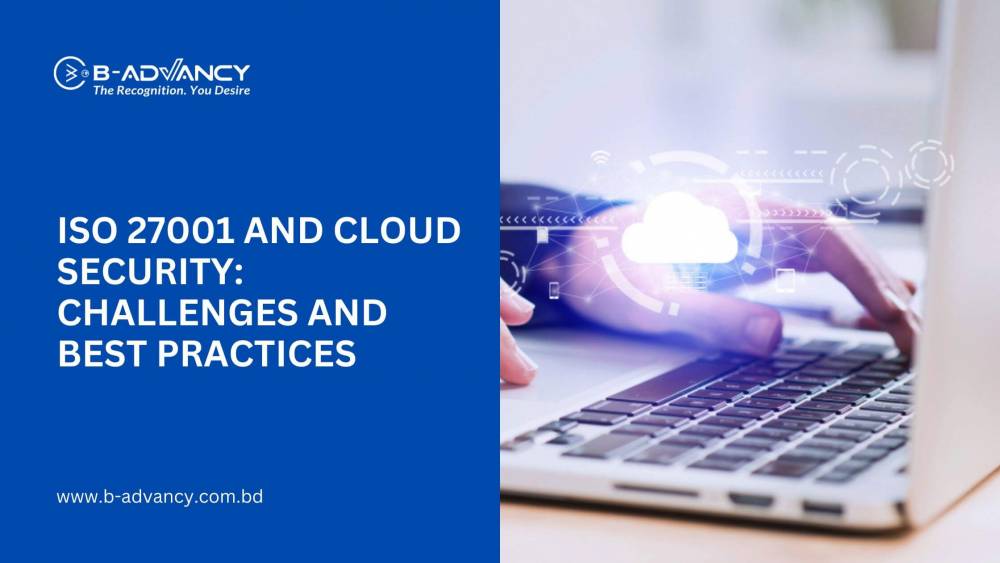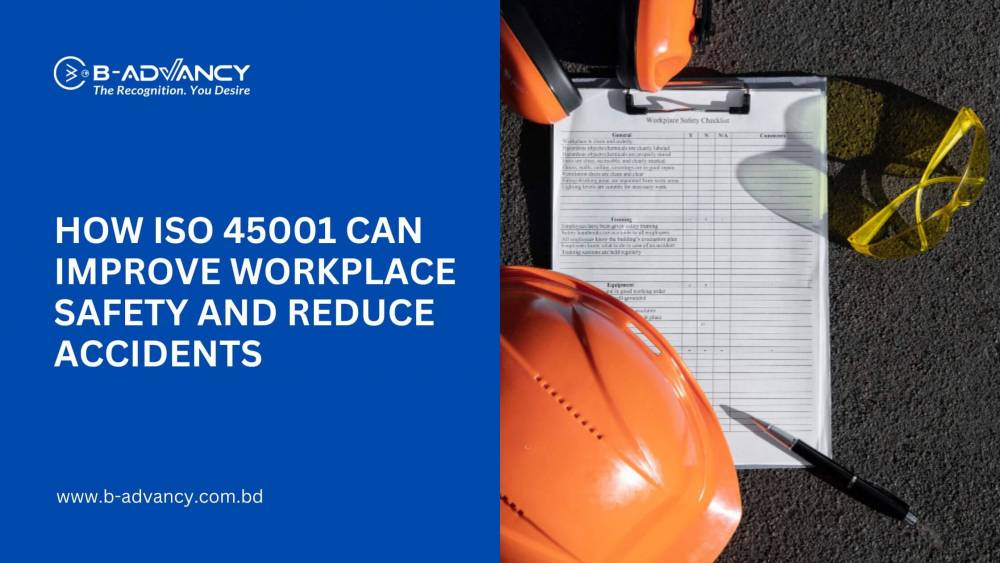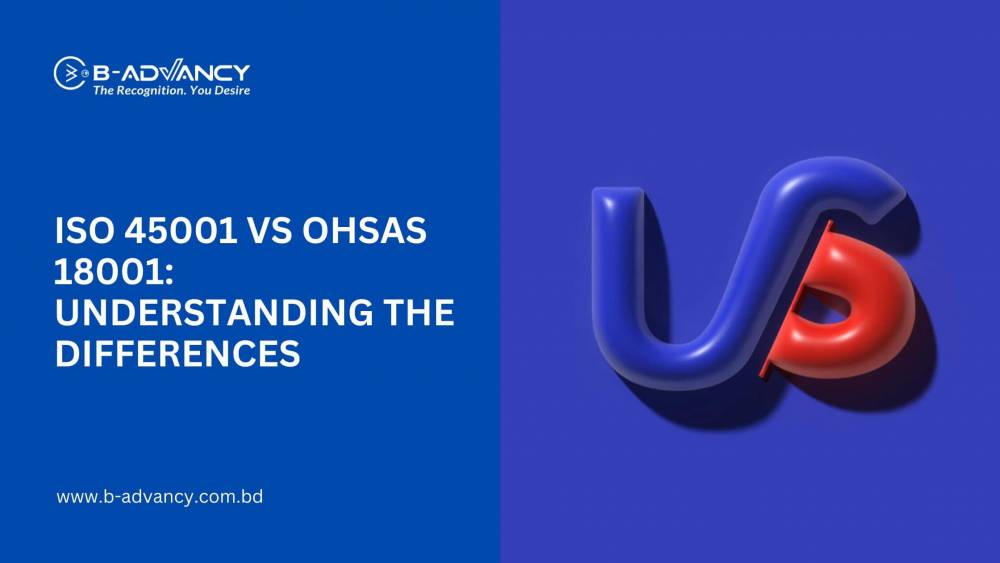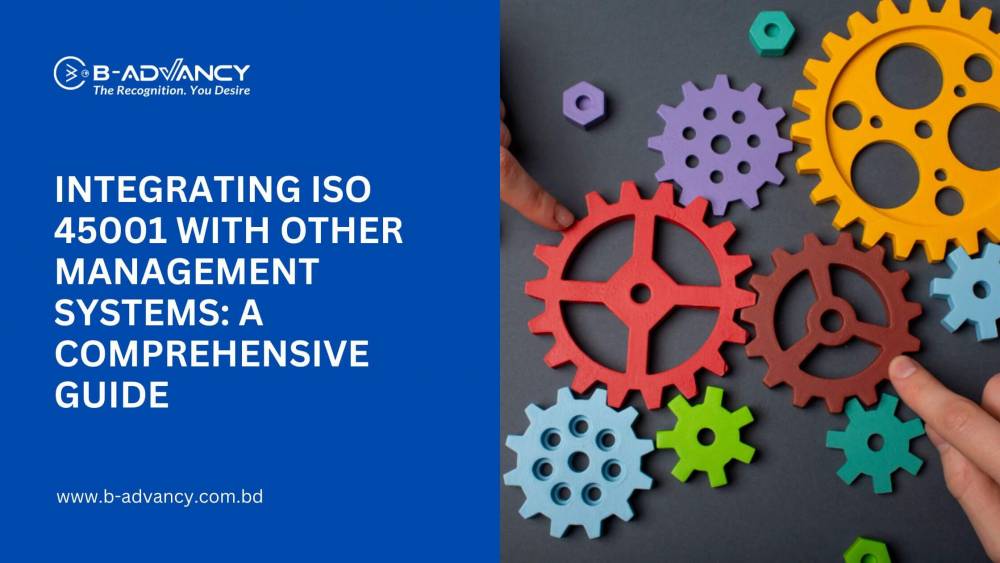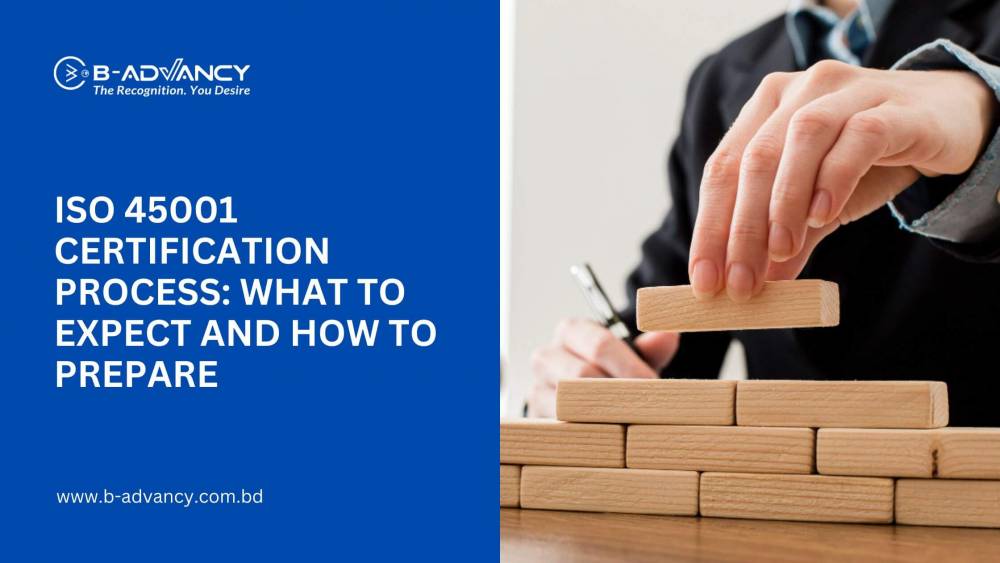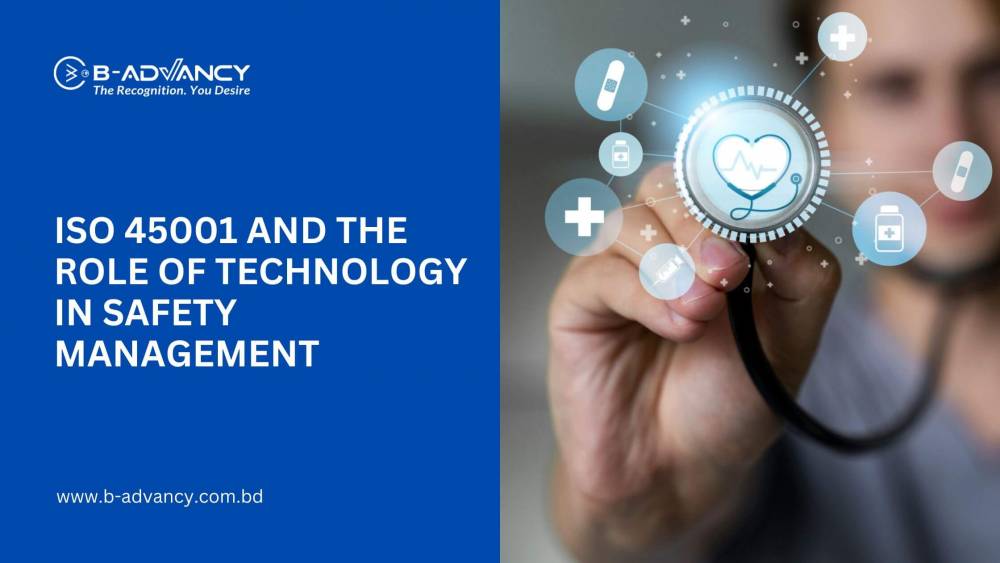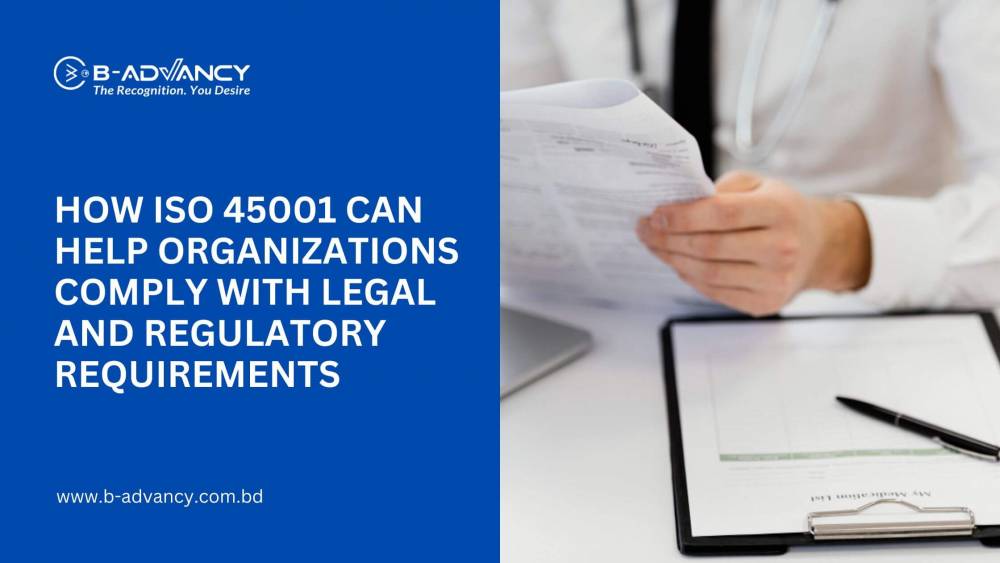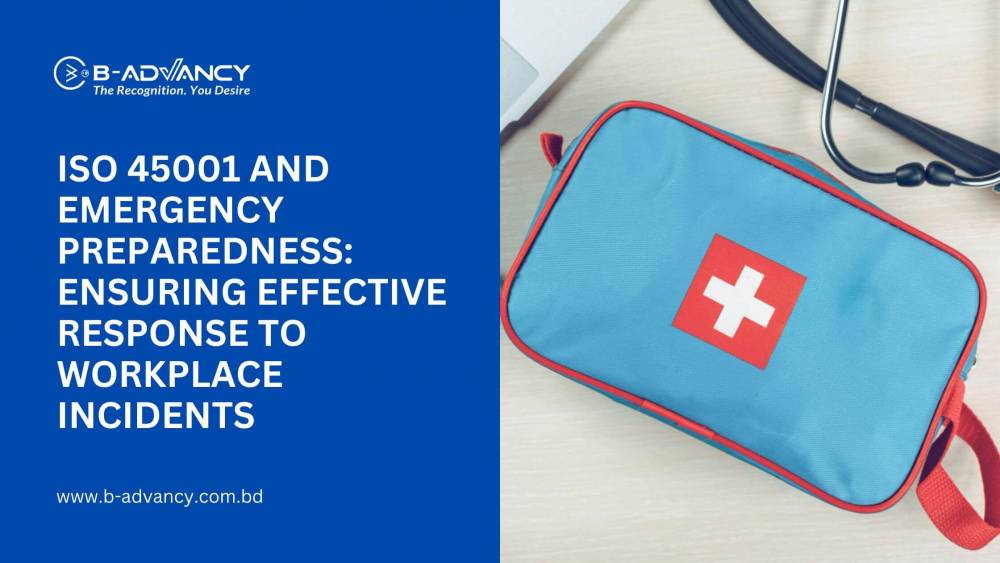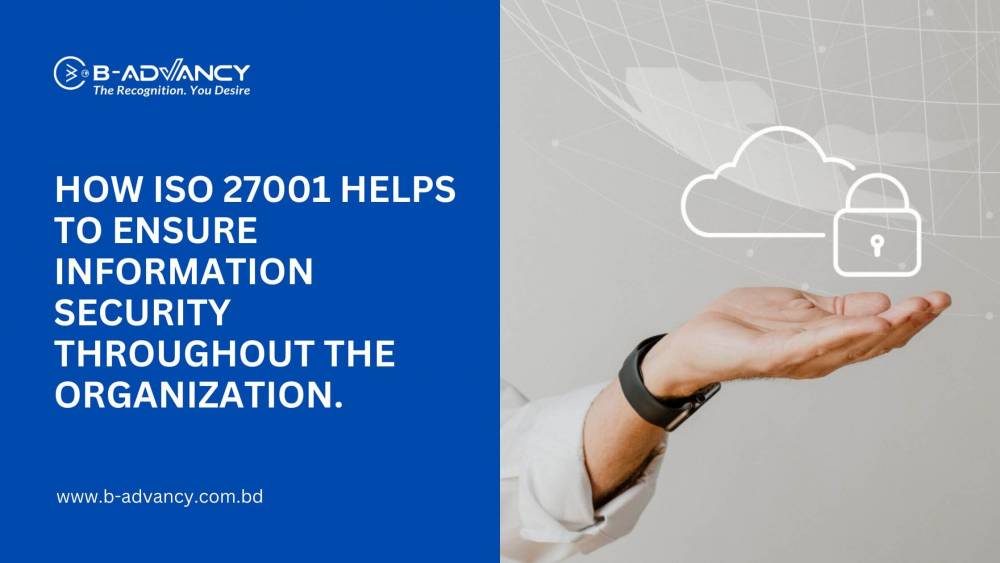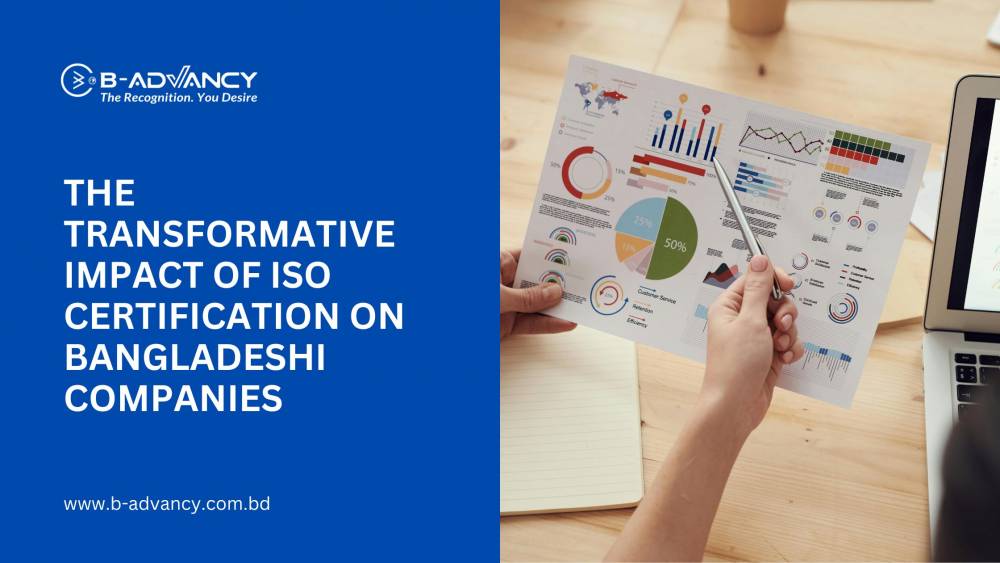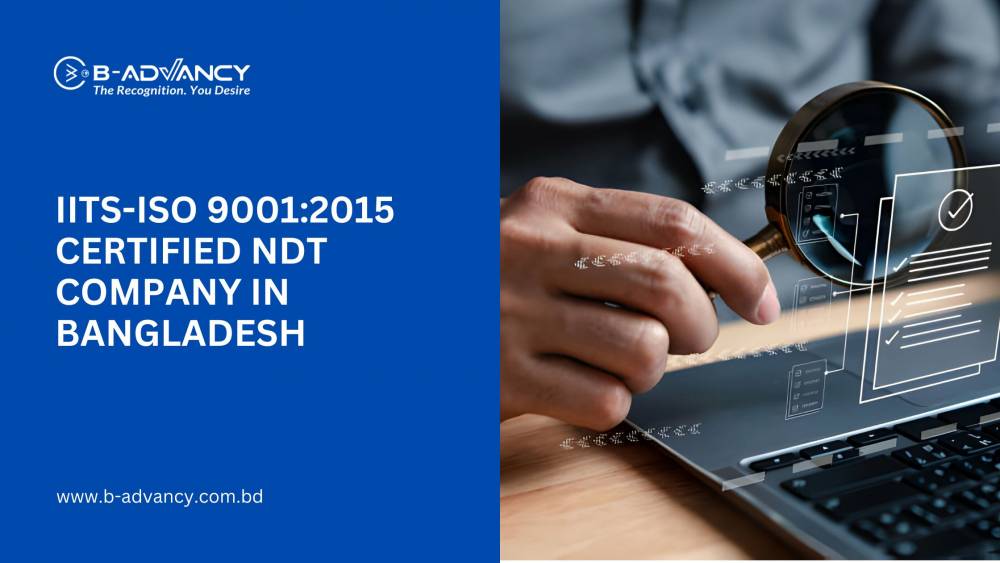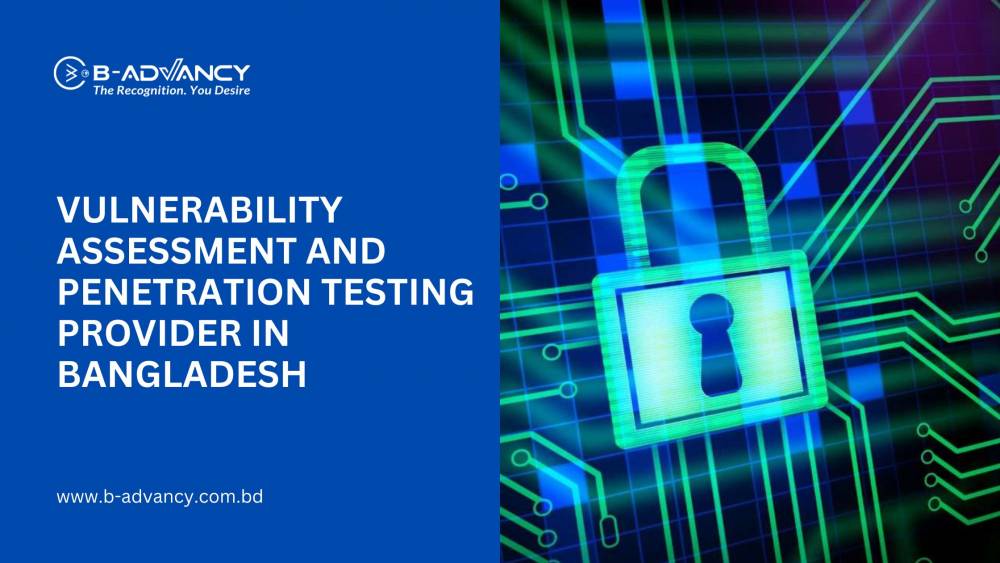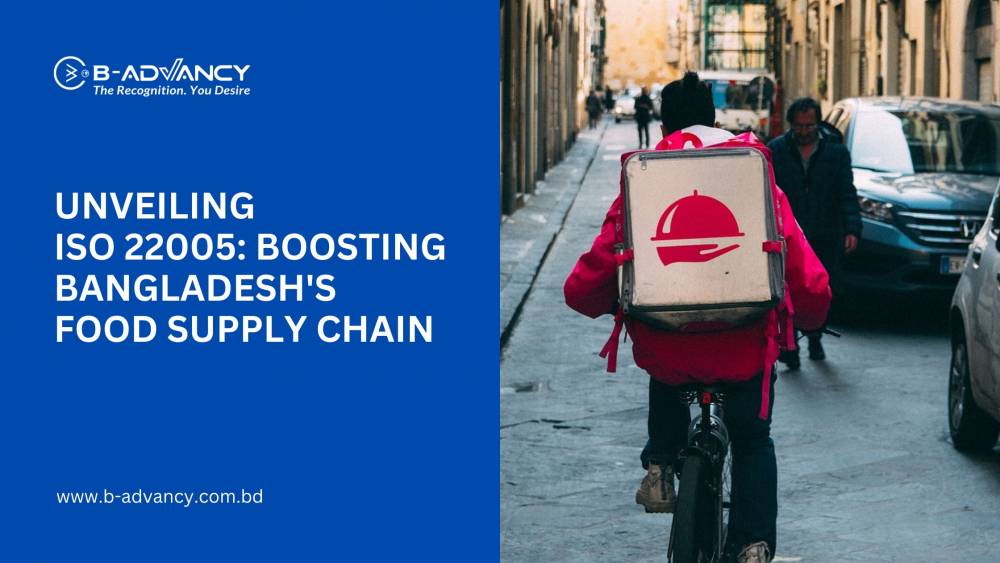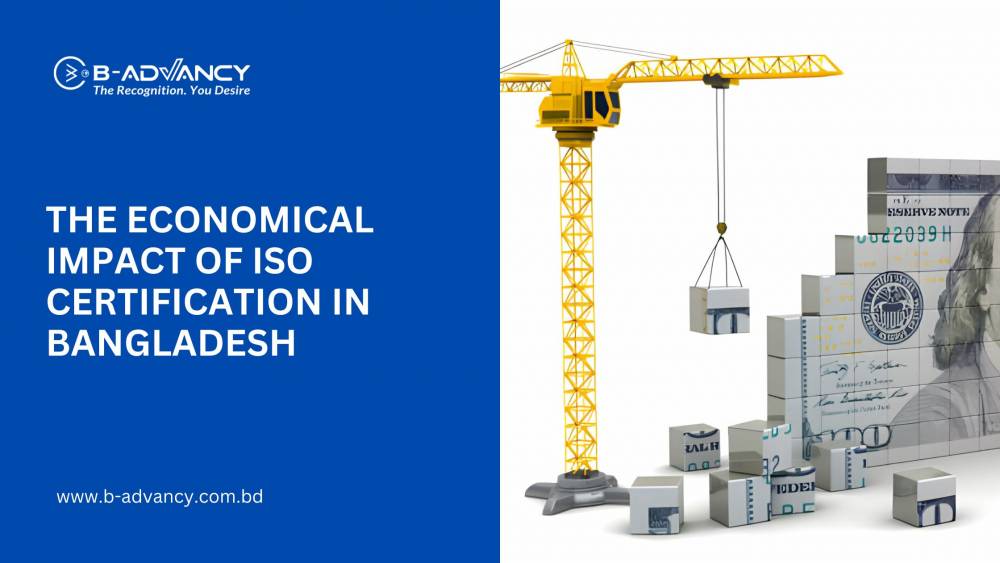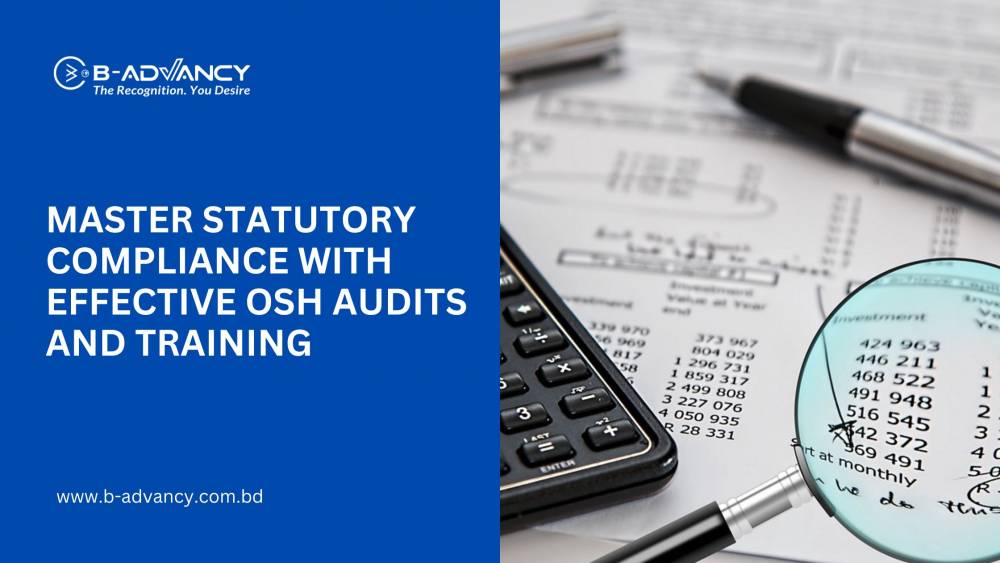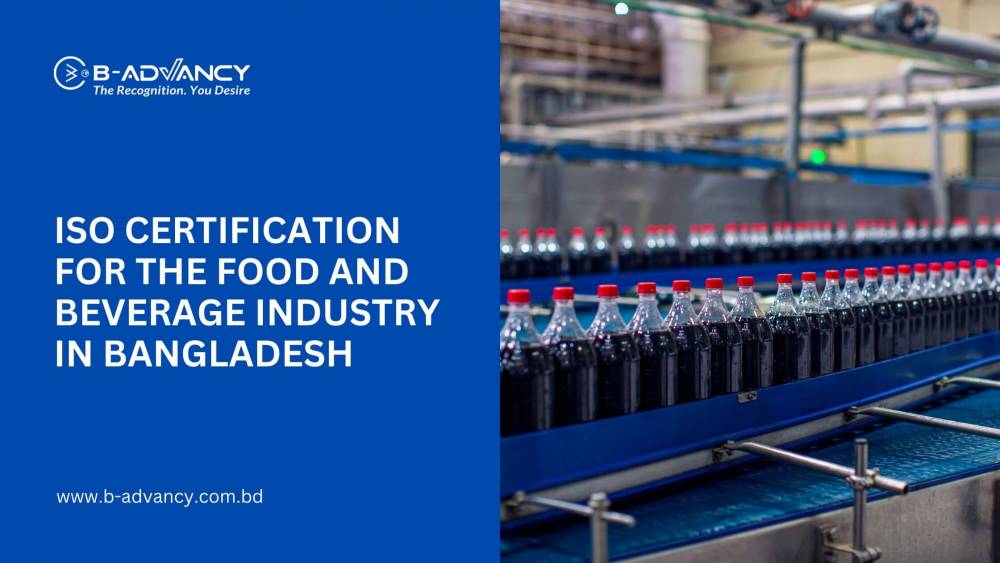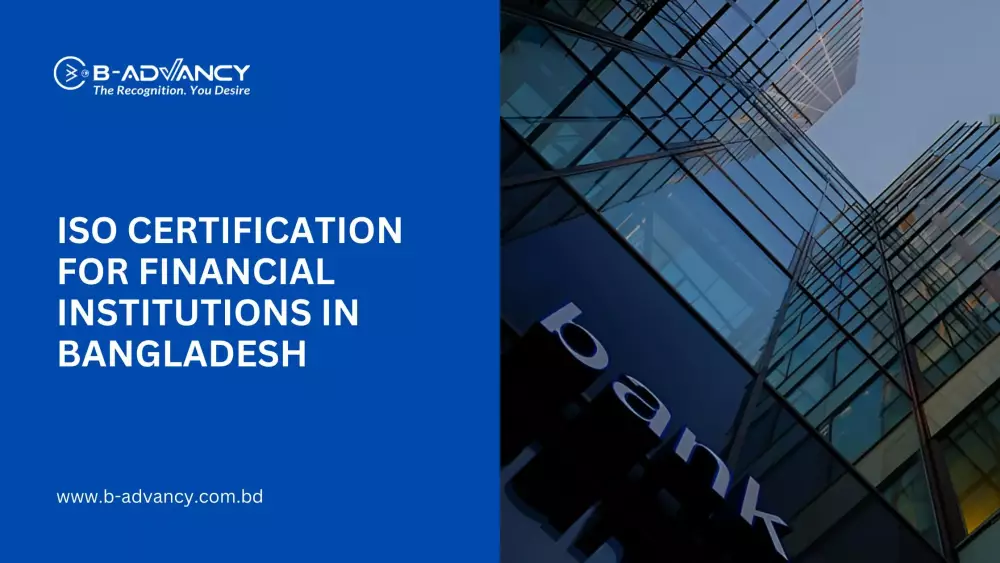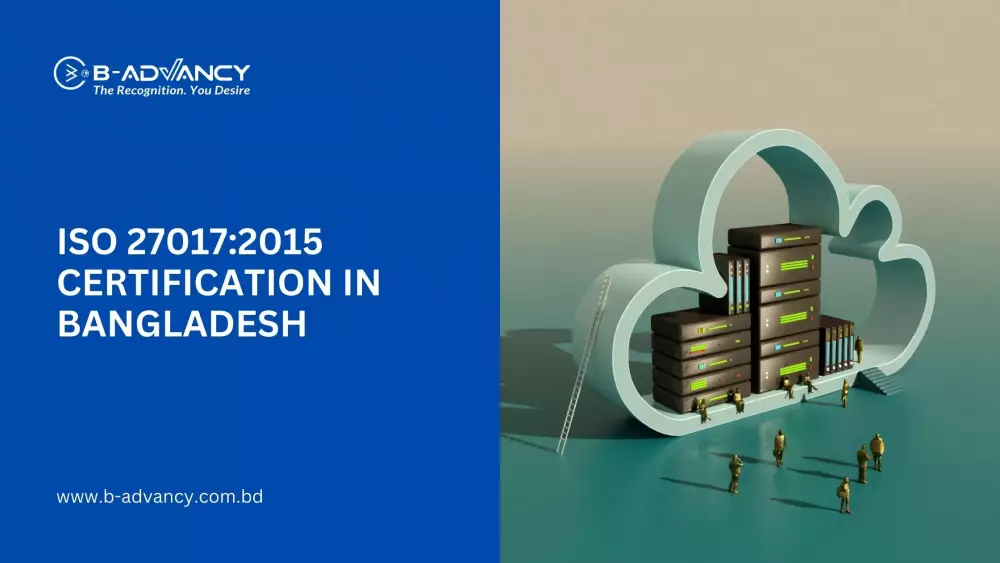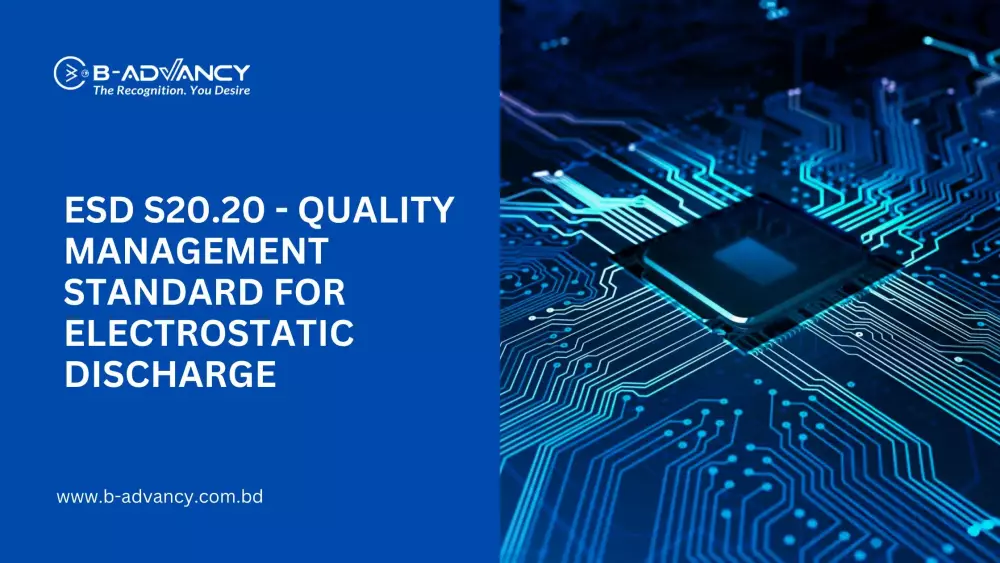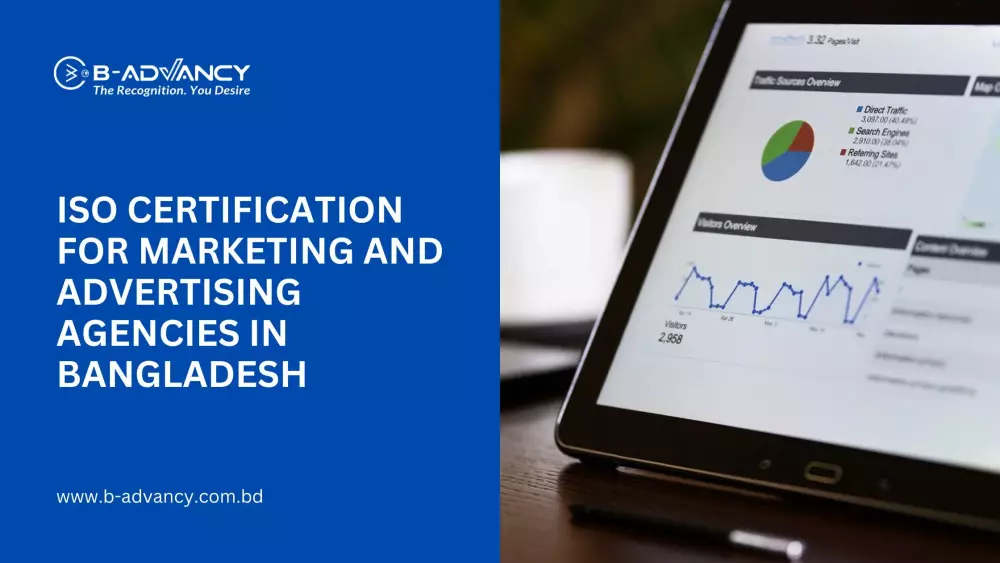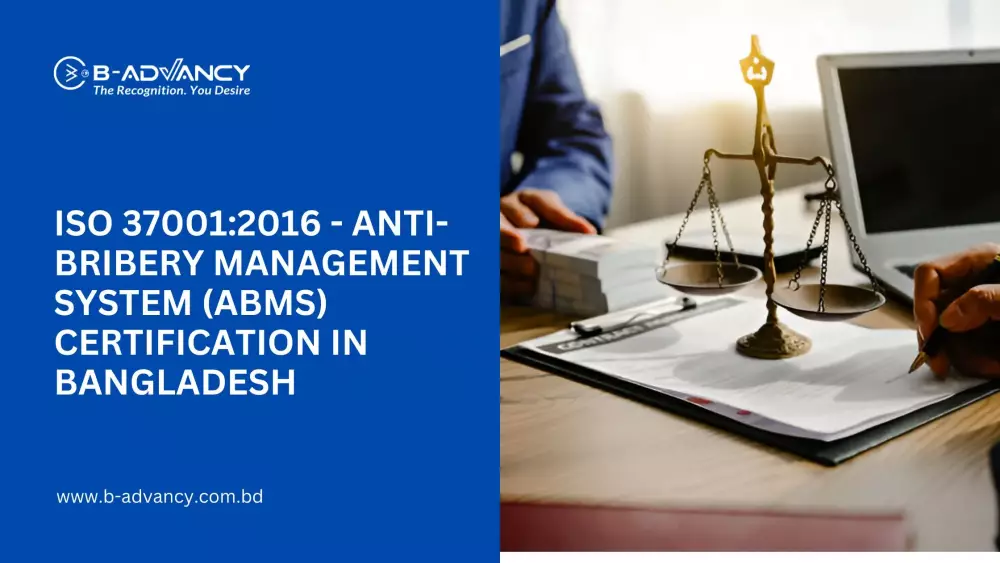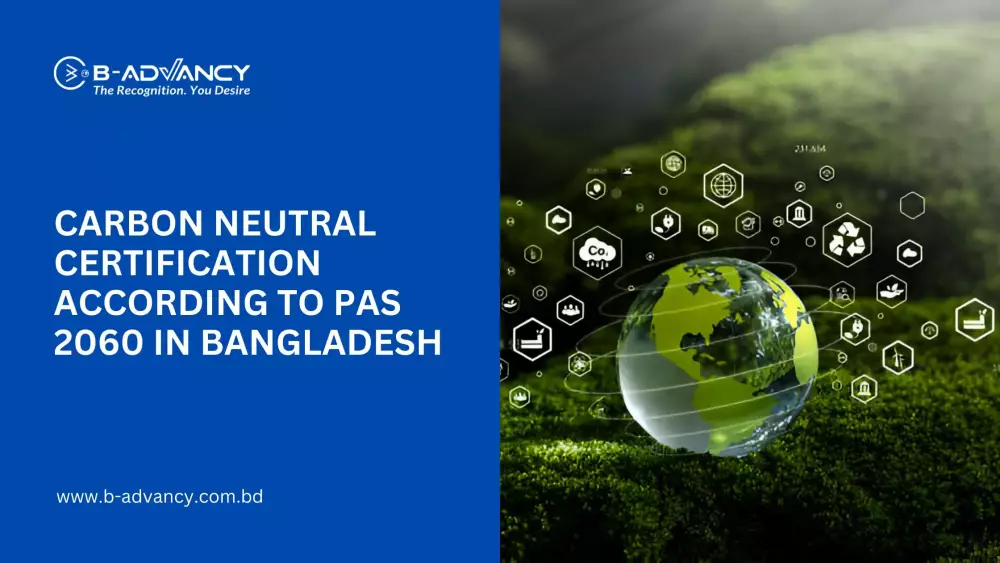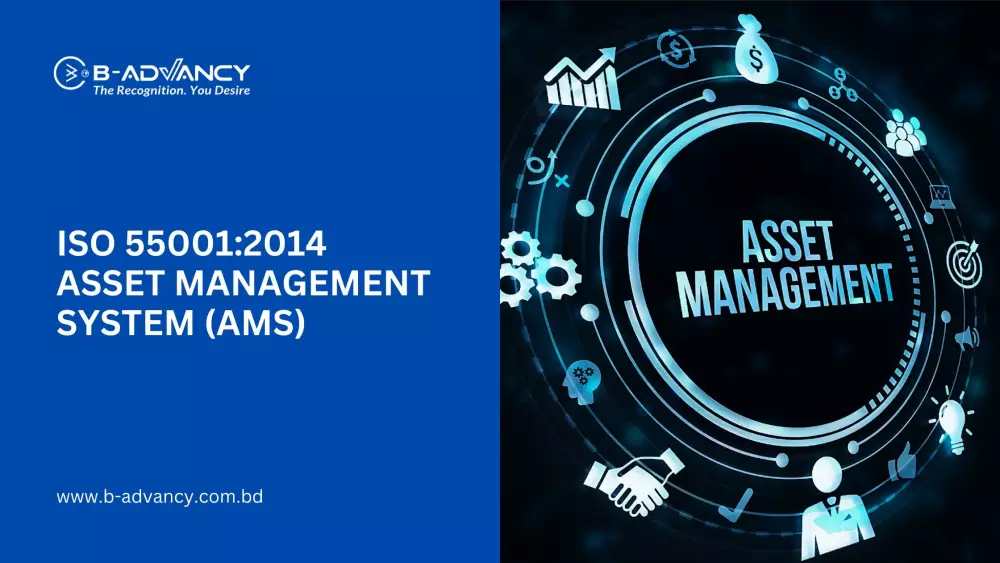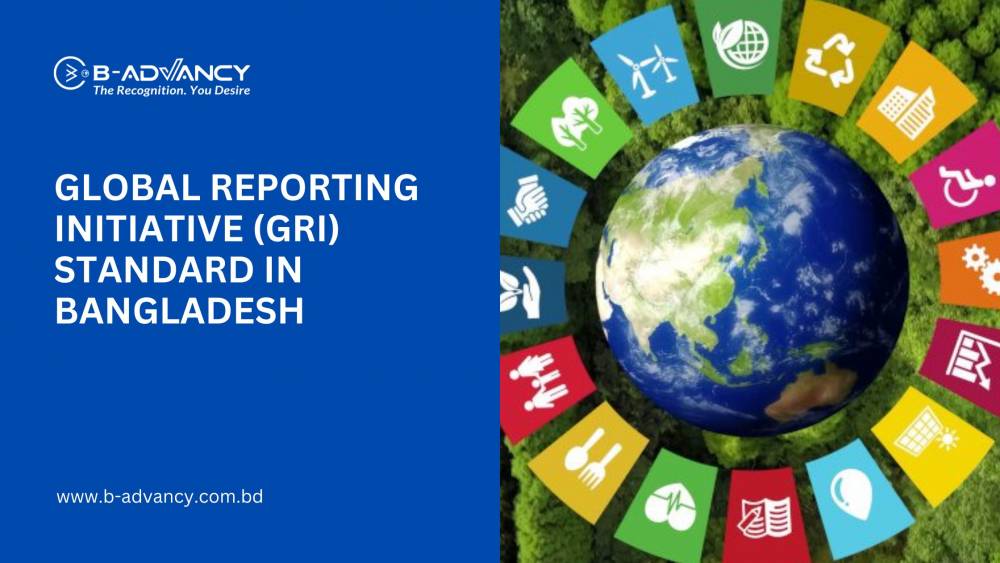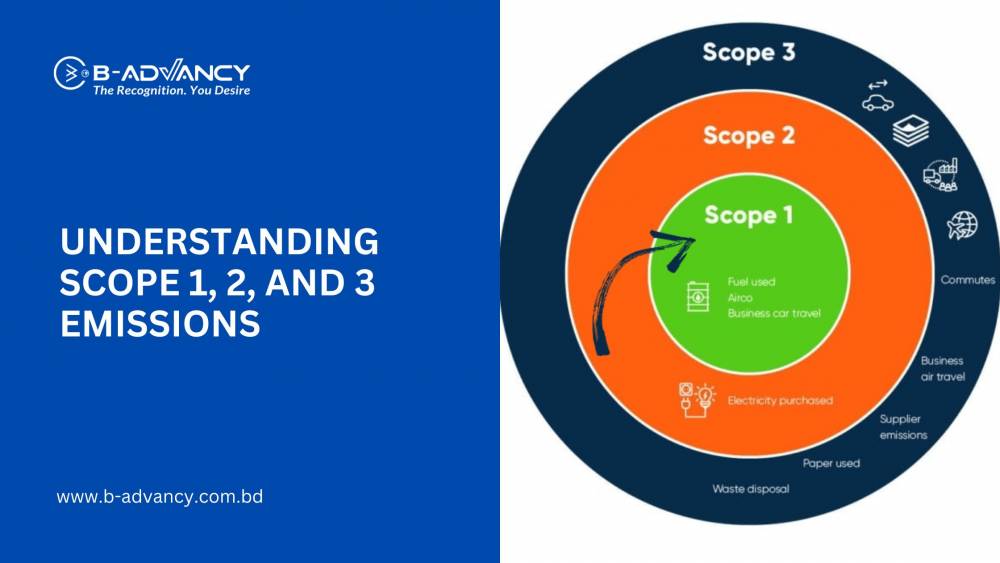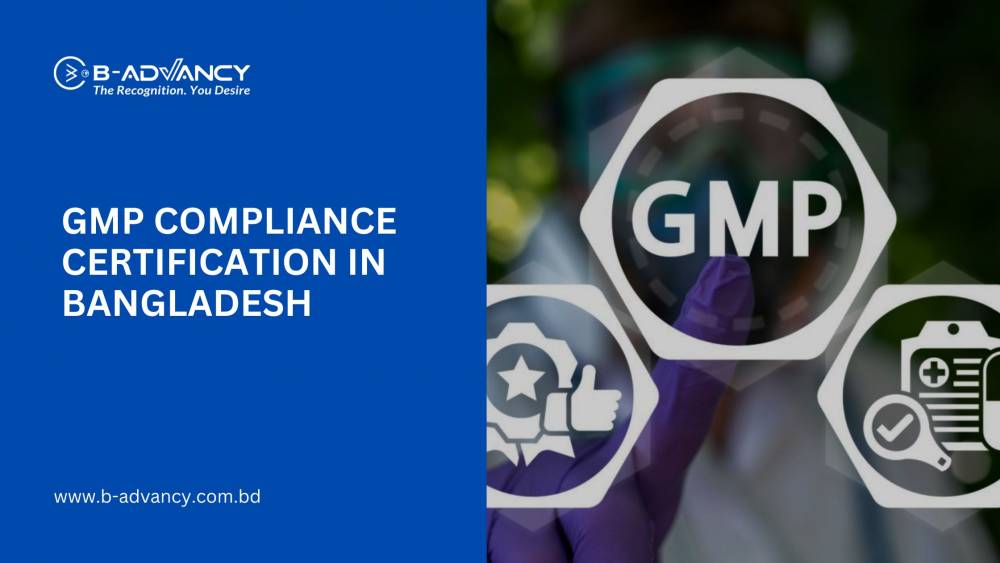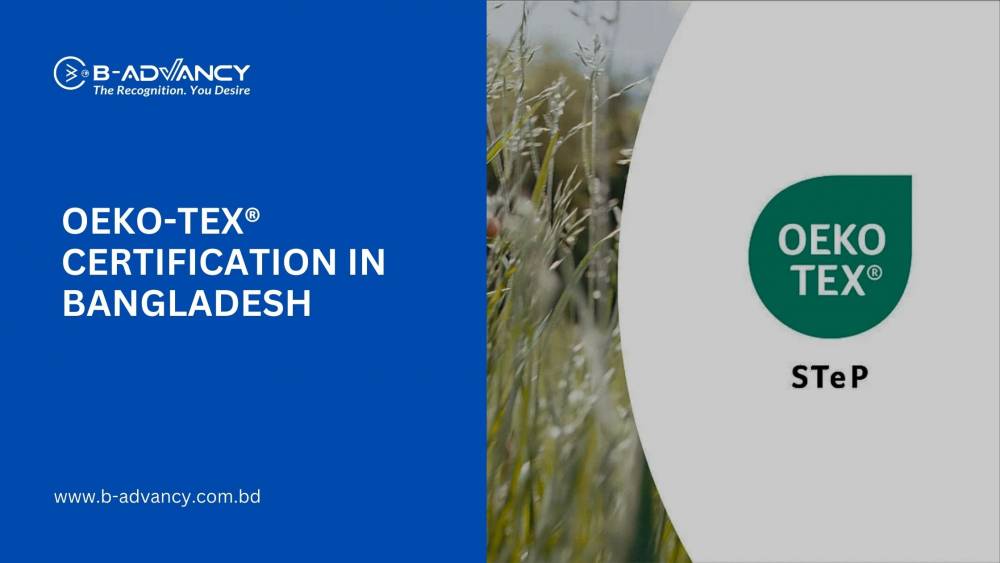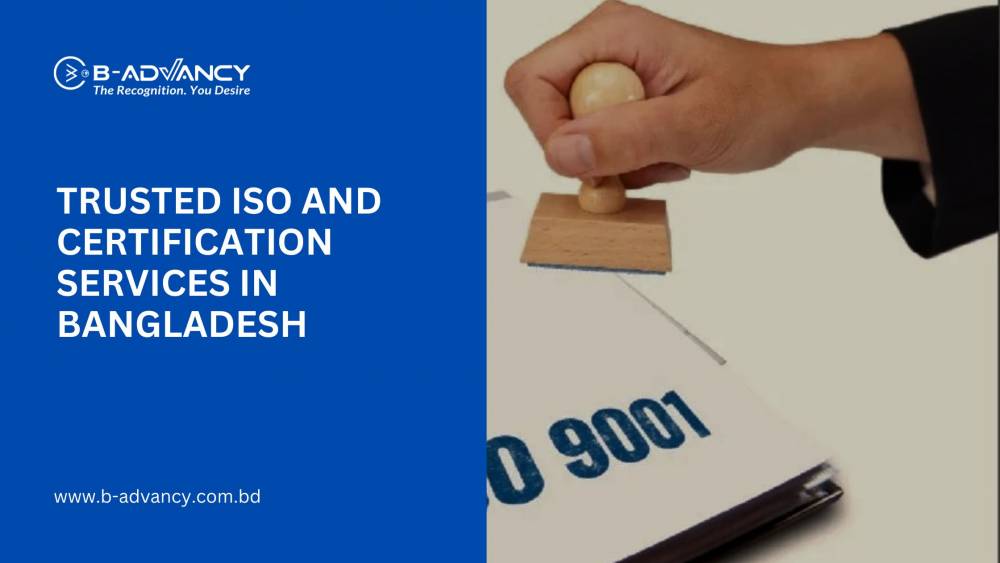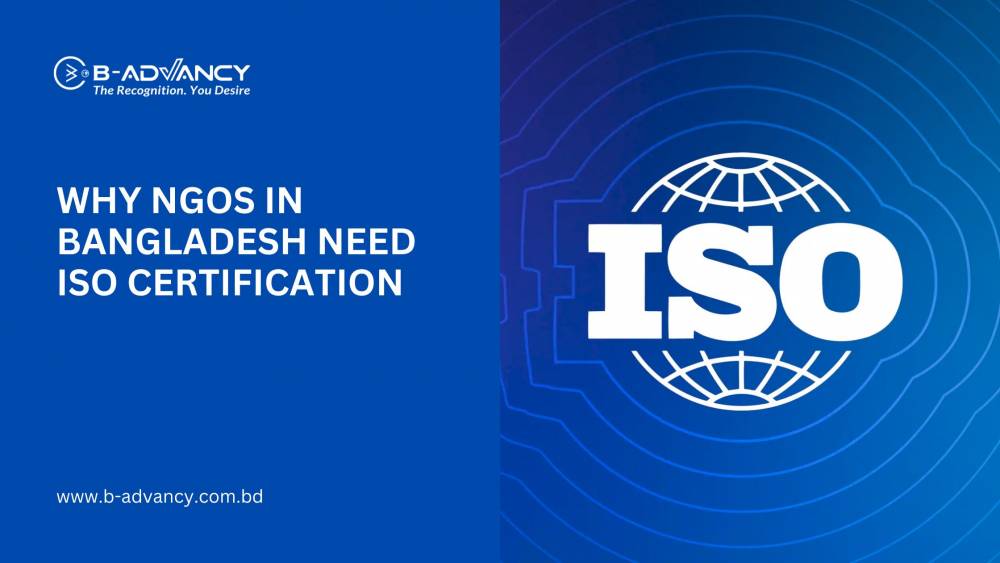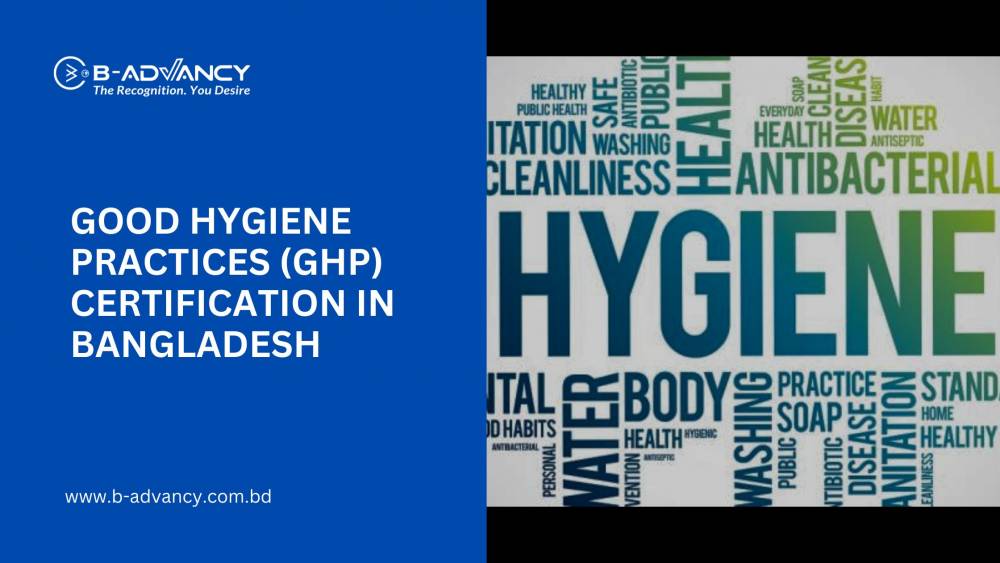Environmental risks pose a significant challenge for organizations worldwide. These risks include air pollution, water pollution, hazardous waste, and climate change. Failing to manage environmental risks can lead to legal and financial consequences, loss of reputation, and adverse effects on the environment and human health. This is where ISO 14001 and environmental risk management come in. In this blog post, we will explore the link between ISO 14001 and environmental risk management, and how combining the two can help organizations manage their environmental risks more effectively.
Understanding ISO 14001
ISO 14001 is a widely recognized international standard that provides a framework for an organization's environmental management system (EMS). The standard requires organizations to identify and control their environmental impact, establish objectives and targets for improvement, and comply with applicable environmental regulations. ISO 14001 helps organizations to continuously improve their environmental performance and reduce their environmental impact. Some of the benefits of implementing ISO 14001 include improved efficiency, reduced costs, enhanced environmental reputation, and increased compliance with environmental regulations.
Environmental Risk Management
Environmental risk management is a systematic approach to identifying, assessing, and managing environmental risks that can affect an organization's operations, employees, customers, and stakeholders. Effective environmental risk management requires organizations to identify potential hazards, evaluate the likelihood and severity of their impacts, and develop and implement measures to control or mitigate them. Some of the benefits of environmental risk management include improved safety, reduced liability, increased compliance, and enhanced reputation.
The Link Between ISO 14001 and Environmental Risk Management
ISO 14001 and environmental risk management are closely linked. Implementing ISO 14001 can help organizations to identify and manage their environmental risks more effectively. The standard requires organizations to conduct a thorough environmental review and risk assessment, identify potential hazards and impacts, and implement measures to control or mitigate them. By implementing ISO 14001, organizations can integrate environmental risk management into their overall EMS, which can lead to improved environmental performance and reduced environmental risks.
Case Studies
Several organizations have successfully combined ISO 14001 and environmental risk management practices to manage their environmental risks more effectively. For example, in 2018, General Motors (GM) was recognized by the U.S. Environmental Protection Agency (EPA) for its environmental risk management practices. GM's EMS, which is based on ISO 14001, helped the company identify and mitigate environmental risks, resulting in reduced emissions, energy use, and waste generation. Another example is the global manufacturing company, 3M, which implemented ISO 14001 and environmental risk management practices to reduce its environmental impact and improve its environmental performance. As a result, 3M was able to achieve significant reductions in greenhouse gas emissions, water use, and waste generation.
Challenges in Implementing ISO 14001 and Environmental Risk Management
Implementing ISO 14001 and environmental risk management practices can be challenging for organizations. Some of the challenges include lack of resources, resistance to change, and difficulty in integrating environmental risk management into existing business processes. To overcome these challenges, organizations need to allocate sufficient resources, engage employees at all levels, and integrate environmental risk management into their overall business strategy.
Conclusion
In conclusion, ISO 14001 and environmental risk management are closely linked and can help organizations manage their environmental risks more effectively. By implementing ISO 14001 and environmental risk management practices, organizations can identify and mitigate environmental risks, improve their environmental performance, and reduce their environmental impact. Real-world examples and statistics demonstrate the benefits of combining ISO 14001 and environmental risk management practices. While challenges exist, organizations can overcome them by allocating sufficient resources, engaging employees, and integrating environmental risk management into their overall business strategy. Organizations that successfully implement ISO 14001 and environmental risk management practices can achieve significant environmental and business benefits.







